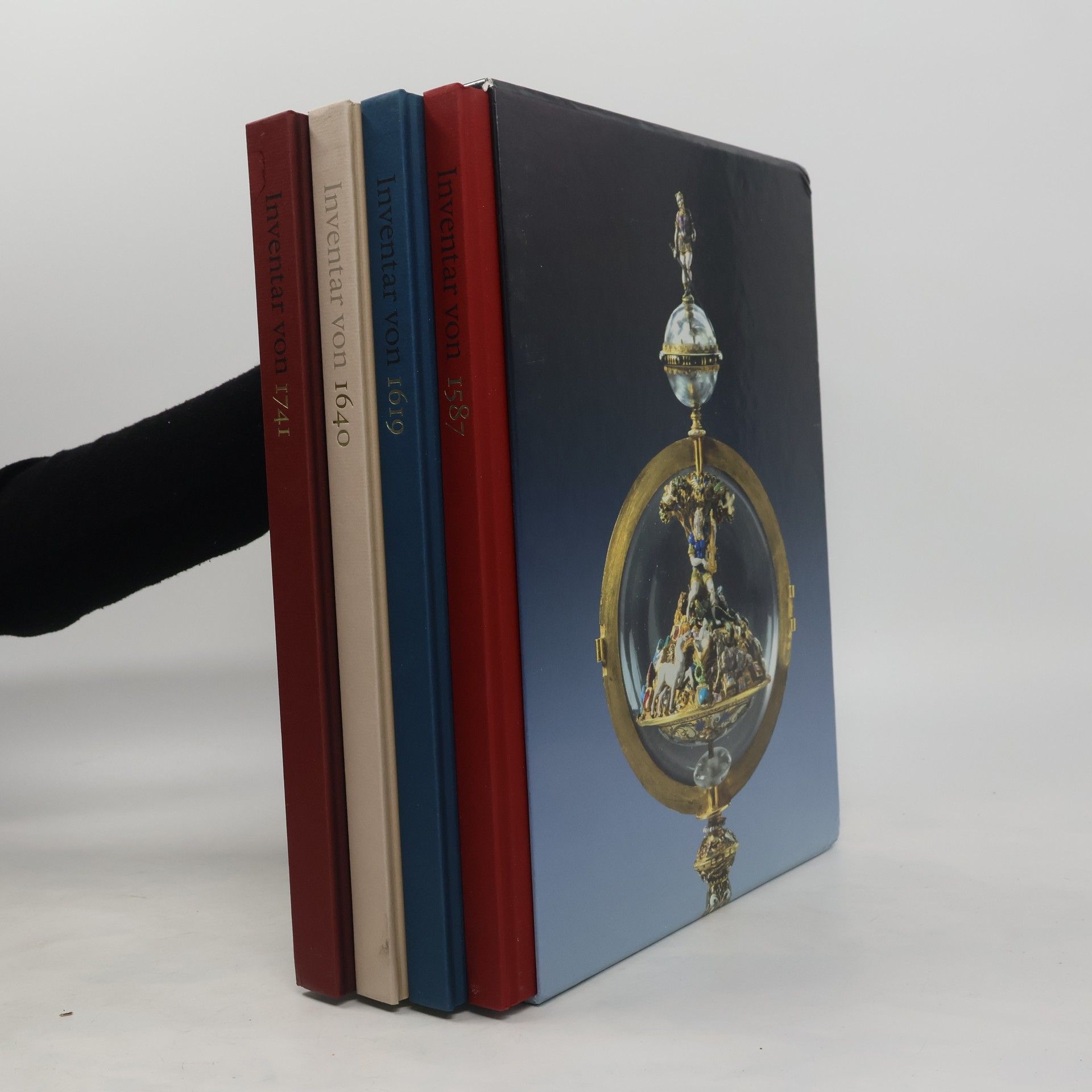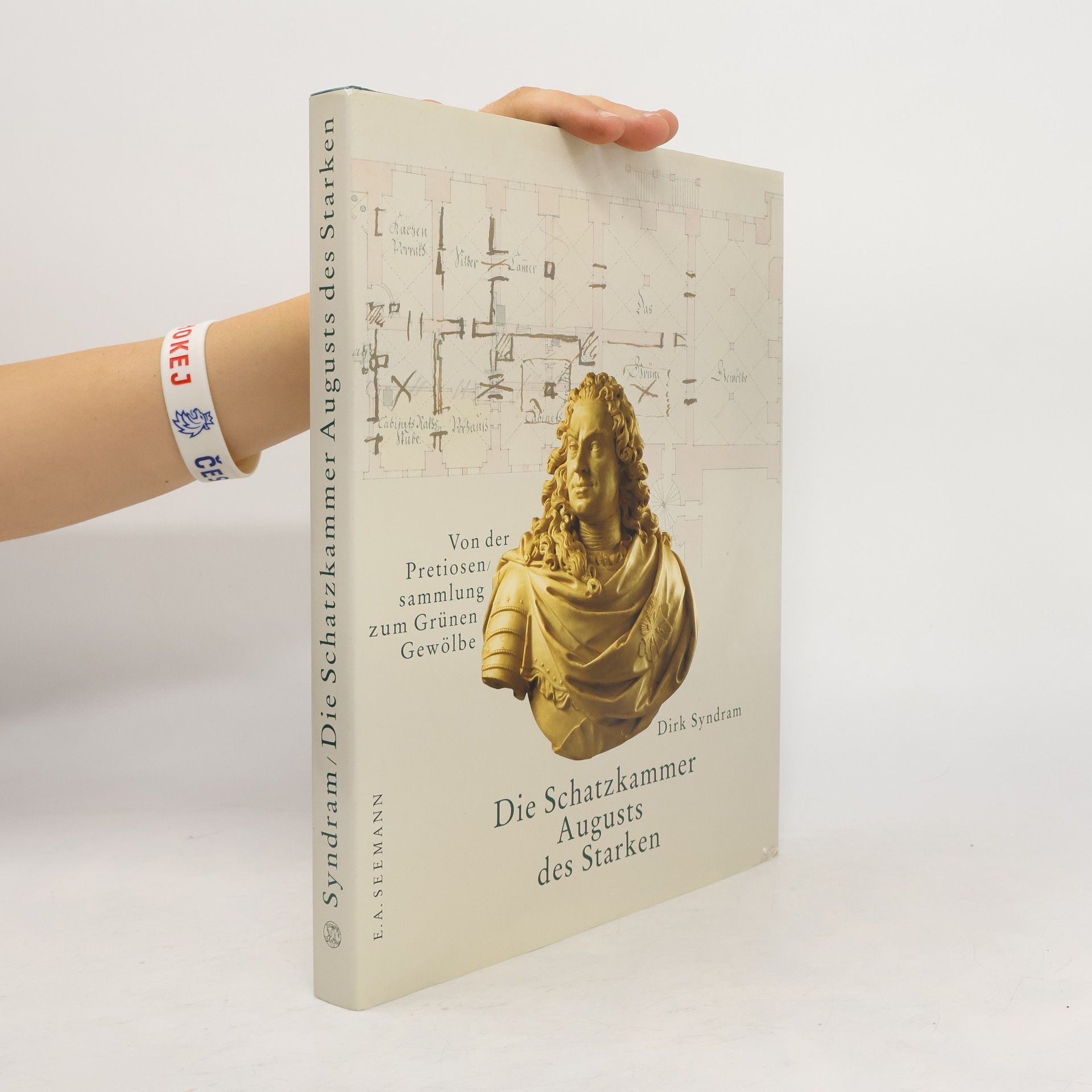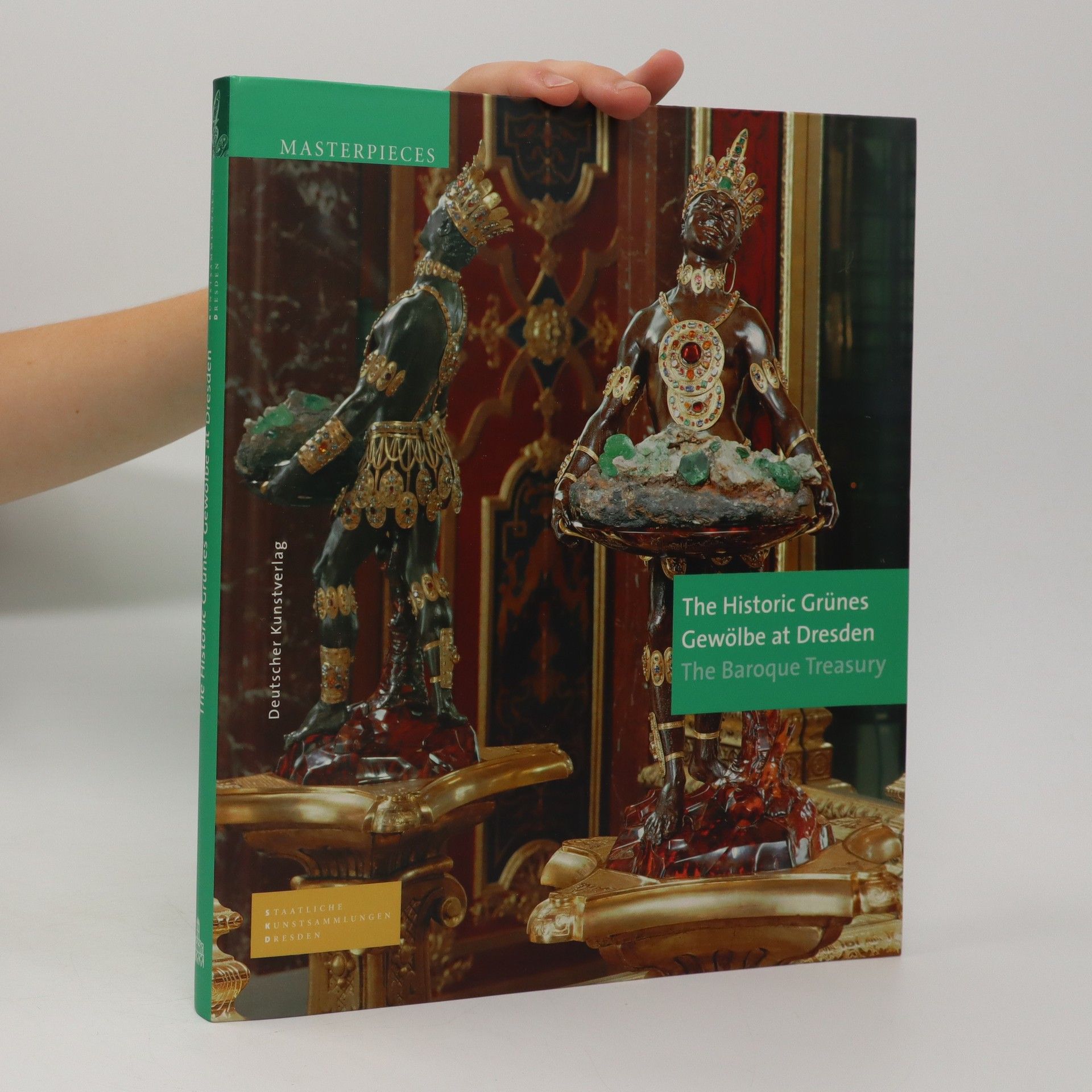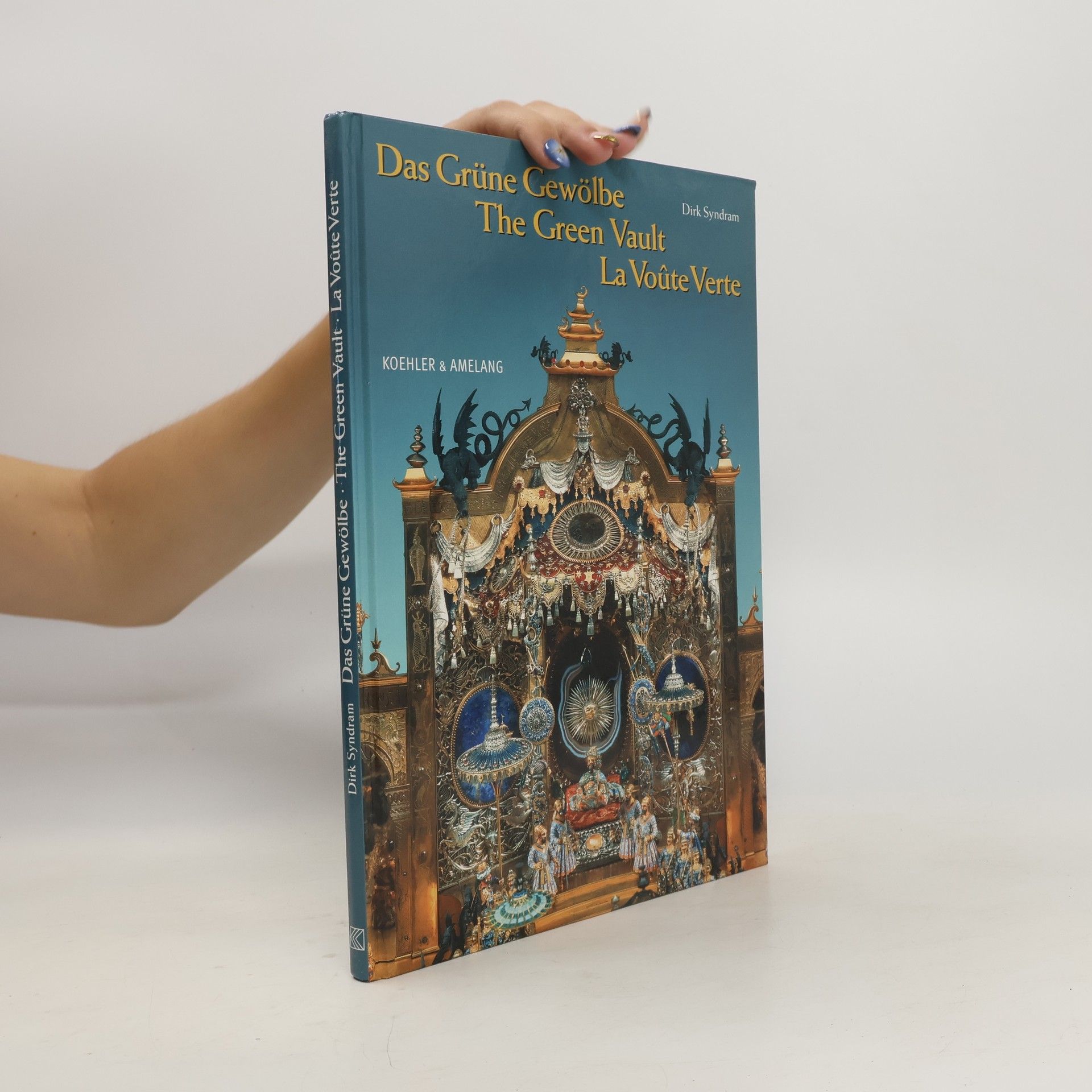Dirk Syndram Boeken






Gems of the Green Vault in Dresden
- 176bladzijden
- 7 uur lezen
The history and full-color photographs fro the famous Green Vault in Dresden
The famous “Historisches Grünes Gewölbe” returns to the residential palace for the first time after 60 years in September 2006. The beautifully illustrated catalogue takes the reader on a fascinating tour through this unique “Gesamtkunstwerk”. The “Grünes Gewölbe” was founded in 1550 by Elector August of Saxony as the state treasury, “Geheime Verwahrung.” Augustus the Strong converted it into a publicly accessible Schatzkunst museum in 1729. His idea was unrivalled: the eight display rooms with their exquisite interiors and the highly impressive mise en scène of the collection were designed to inspire amazement. The extravagant profusion of precious objects in gold, silver, enamel and precious stones, the ivories, bronzes and jewellery proclaimed the wealth and artistic taste of the Saxon dynasty. In 1942 the collection was closed and taken into storage at Königstein fortress. The museum’s exterior and three of the eight rooms were severely damaged during the war. From 1974 a part of the collection could be seen again, but it was not until 2004 when the “Neues Grünes Gewölbe” was reopened with exhibits from the Renaissance to Neo-Classicism. The book introduces the masterpieces of this fascinating collection and provides an insight into the brilliant concept of the museum’s founder, from which the inspiration for this presentation has been drawn.
Mit dem Thron des Großmoguls schuf der geniale Juwelenkünstler Johann Melchior Dinglinger für August den Starken den barocken Traum von Reichtum und Macht des Fernen Ostens. Die Pracht des Meisterwerks lässt sich durch die Fotos von Jörg Schöner ganz neu entdecken. Der Juwelenkünstler Dinglinger war sich ganz sicher: niemals habe ein anderer Künstler ein derartiges Werk geschaffen und kein anderer werde es jemals versuchen. Er hatte recht. Sein sehr prächtiger und kostbarer Thron des indischen Großmoguls an seinem Geburtstag blieb ein einmaliges Wunderwerk des Spätbarocks. August der Starke erwarb es 1709 und stellte es im Grünen Gewölbe auf. Der Kurfürst-König konnte nun in seiner eigenen Schatzkammer am Traum von Reichtum und Macht des Fernen Ostens teilhaben. Bis heute erschließt sich erst in der Nahsicht dieses weltbekannte Werk. Durch die Fotografien von Jörg Schöner, aufgenommen mit einer speziellen Kameratechnik, wird das in diesem faszinierenden Band möglich.
Preziöse Prunkwaffen aus der Rüstkammer im Juwelenzimmer Augusts des Starken 1728.
Schätze des Dresdner Residenzschlosses / Staatliche Kunstsammlungen Dresden Band 3 - Rüstkammer
- 152bladzijden
- 6 uur lezen
Der Traum des Königs
Die Schätze des Grünen Gewölbes
Ein einzigartiges »Feenreich« hatte sich bis zum Zweiten Weltkrieg mit der zwischen 1723 und 1729 zum barocken Gesamtkunstwerk umgewandelten Schatzkammer im Grünen Gewölbe erhalten. 2004 konnte das Neue Grüne Gewölbe und 2006 das Historische Grüne Gewölbe meisterhaft restauriert und rekonstruiert wiedereröffnet werden. Die spätbarocke Sammlung Augusts des Starken, die auch die seiner Ahnen aufnahm, war die größte europäische Schatzkammer des 18. Jahrhunderts. Der Traum des Königs hat als geschichtsträchtige Sammlung am Beginn der europäischen Museumskultur viel zu erzählen. Das Buch gibt einen Überblick über die Schätze des Grünen Gewölbes. Es schildert die Geschichten der Kostbarkeiten und öffnet den Blick für den sinnlichen und historischen Reichtum der Sammlung
Schatzkunst der Renaissance und des Barock
- 148bladzijden
- 6 uur lezen
Das Grüne Gewölbe ist das prächtigste Schatzkammermuseum Europas. In einzigartiger Weise werden hier Wesen und Erscheinungsbild der Schatzkunst von der Renaissance bis zum Spätbarock an Hauptwerken der europäischen Kultur dargestellt. Mehr als 120 kostbare Objekte zeigen den Glanz der größten erhaltenen Schatzkammer, die in einer modernen Präsentation im Dresdner Schloss zu sehen ist.

